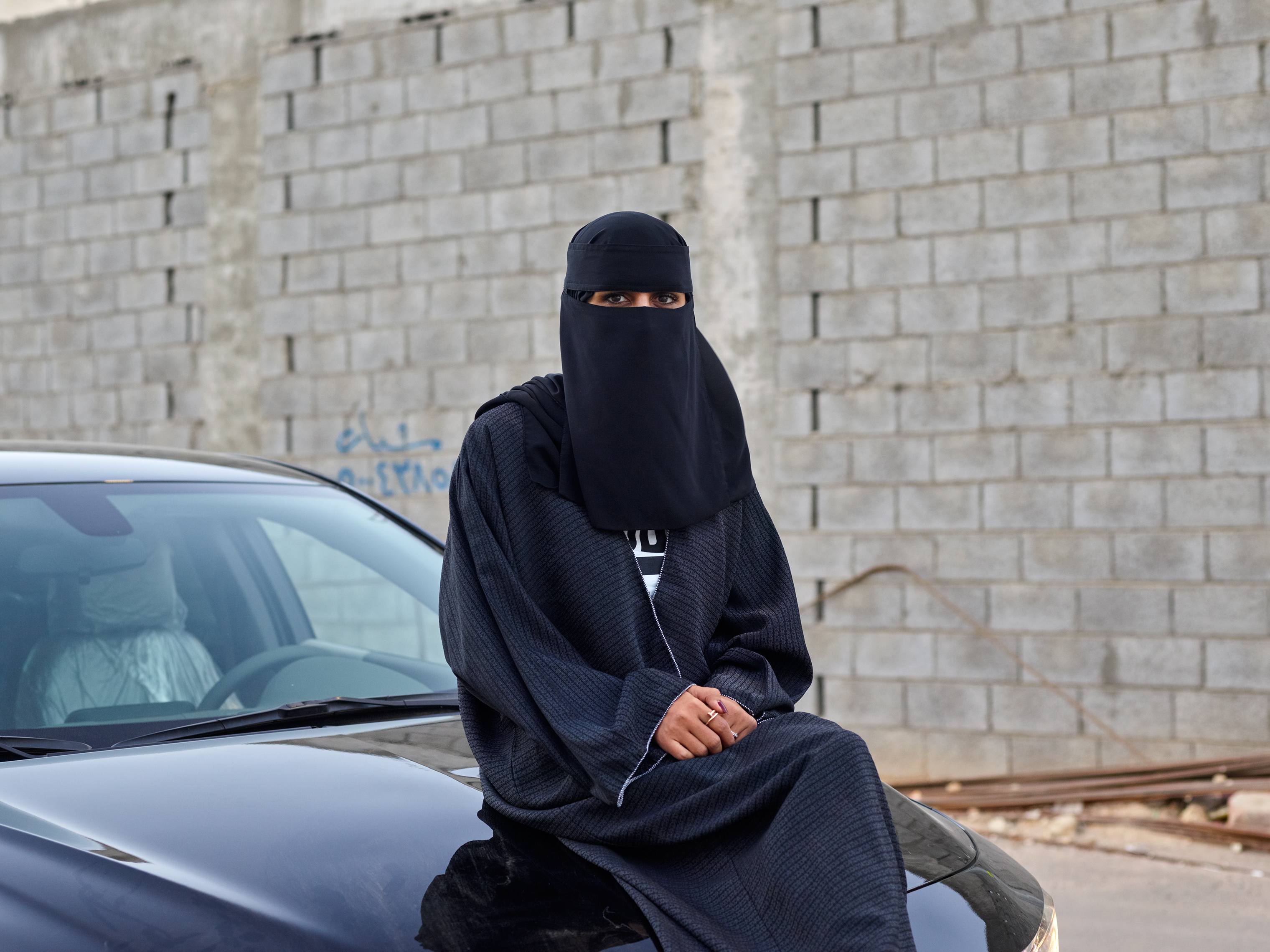A few minutes after Rawan started her maiden drive as a student at the Saudi Driving School in Riyadh, the car began to make an ominous grinding noise. Mariam, the instructor, asked her to pull over. After an unscheduled lesson on roadside breakdowns — stay in the emergency lane, put on your hazards — she called for assistance. Then she met my eyes in the rearview mirror. “This isn’t normal,” she said nervously. “We have very good cars at our school.”
She had reason to be flustered. Her school had already experienced a PR meltdown when foreign journalists descended on the driving academy to meet student drivers a few days before Saudi Arabia’s long-standing ban on female drivers was lifted on June 24. But instead of students, they found other trainers posing as students. Once the ploy was discovered, harried school officials rounded up a few unprepared students for a media blitz. Rawan, who had never driven before, was forced to share her first lesson, and her first breakdown, with TIME.
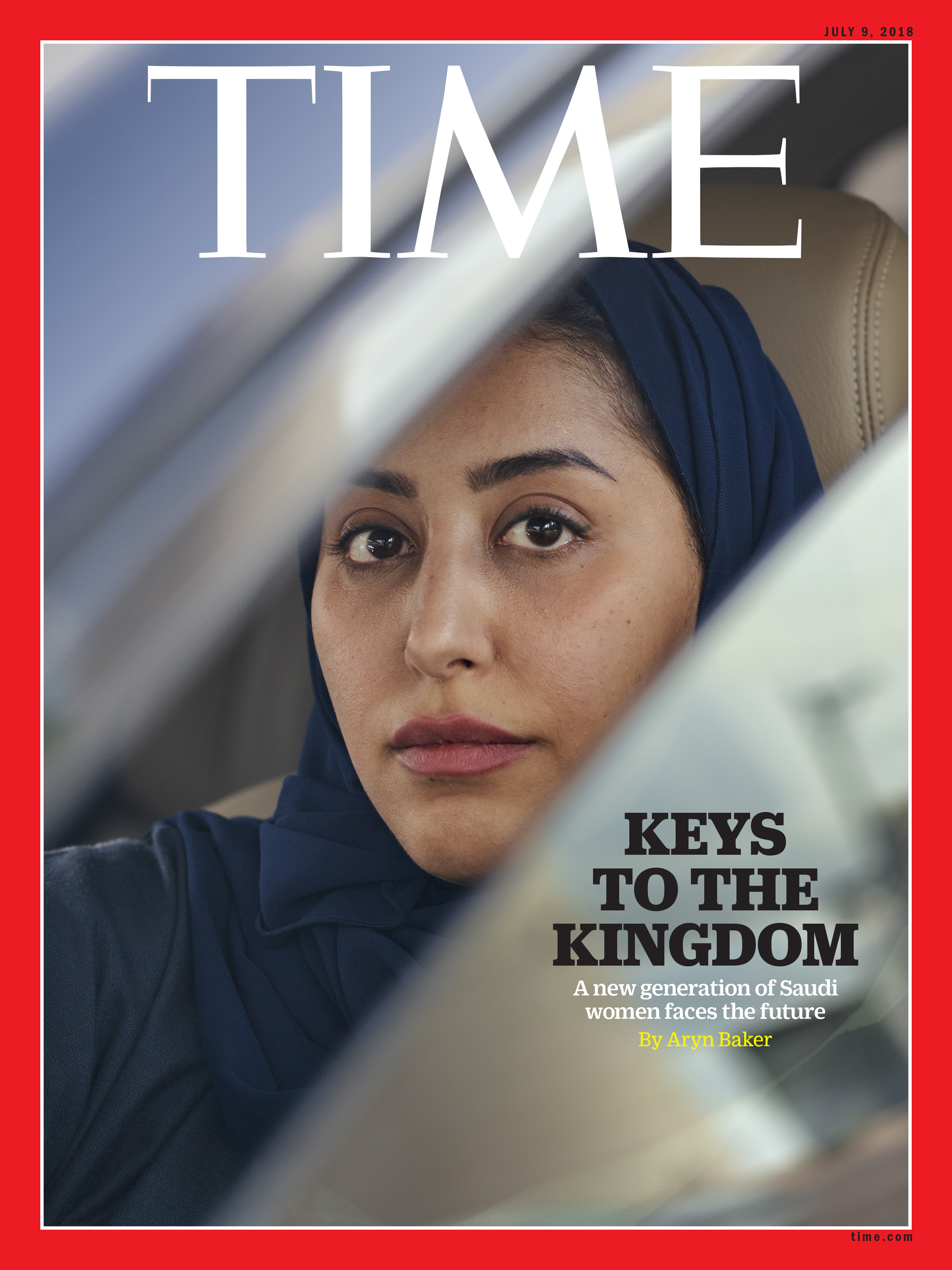
For Saudi Arabia, the charade invited the uncomfortable question of whether the larger undertaking that lifting the ban was intended to herald — nothing less than the transformation of a fundamentalist, retrograde monarchy into a modern Muslim state — might amount to mere window dressing. Crown Prince Mohamed bin Salman has spent much of the past year assiduously courting world leaders, business magnates and journalists to rebrand the kingdom. The effort has collided with assorted difficult realities, including the Saudis’ grinding war in Yemen and the spectacle of the Riyadh Ritz-Carlton’s being used as a luxe jail for relatives accused of corruption by MBS, as the crown prince is known. June 24, “Driving Day,” was supposed to be a clean PR win. It was decreed back in September by King Salman, broadcast on state television and also announced at a news conference in Washington, D.C., lest the intended audience miss the point.
For decades, the prohibition against female drivers in Saudi Arabia has been held up as evidence by critics of the ultraconservative kingdom that Saudi women were among the world’s most repressed. If the ban was the symbol of all that was wrong with Saudi Arabia, then lifting it would prove that the country was on the right track.
So Driving Day was, in a way, a coming-out party for bin Salman’s Saudi Arabia. That meant well-scripted rallies, carefully selected spokeswomen and photo-ready driving classes. Nowhere was there a mention of the activists who had spent the past three decades campaigning for women’s right to drive, save for unwelcome — and unanswered — questions from foreign media about six of those activists, who have spent the past month in jail on unspecified charges. Other activists were released from detention but warned not to speak to the media.
The decision by a crown prince who calls himself a reformer to detain activists calling for reform raises a question for a generation of young Saudi women whose future lies in the balance. Does the lifting of the driving ban signify a genuine turning point, or is it merely a symbolic bone thrown to silence his critics, leaving more fundamental issues for women unaddressed?
To Marriam Mosselli, 32, founder of Niche Arabia, a global luxury-consultancy firm based in Jeddah, the optics don’t matter. “As a Saudi woman living in Saudi, when you see an opportunity, you are going to exploit it to its full potential,” she says. “So whether or not it’s a media stunt, it’s still a step forward.”
In her face veil and abaya — the loose, traditionally black garment that Saudi women must wear in public — Reema comes off as a poised saleswoman conversant on all the features of the cars at the Land Rover showroom where she works. But at home and at ease, the working-woman persona comes off with the abaya. Underneath is a giggly teenager in a Japanese-schoolgirl dress, with blue hair, braces and a penchant for crazy dances. The 19-year-old loves cars and can’t wait to buy her own — she has already picked out a double-cab GMC Sierra, in cherry red.
Driving it may be a different issue. She wants to let other women go first, she says, to gauge the reaction. Men aren’t used to seeing women on the streets, and when they do, she says, they may react unpredictably. The sight of a woman even in the passenger seat can prompt a certain type of young man to weave erratically around the object of his attention at high speeds, or peel out with tires shrieking to gain attention. For Reema, that type of treatment presents a problem. “What if I am driving, and a man likes me and comes near to bother me, and I try to run away in my car, and I crash it? I don’t want to hurt my brand-new car.”
Reema is exactly the kind of Saudi woman bin Salman says he wants behind the wheel. As part of his widely touted plan for a post-oil-dependent Saudi Arabia, Vision 2030, he has presided over a 5% increase in women’s employment in the past year, according to the Ministry of Labor and Social Development. He has implemented a tax regime and introduced cinemas and concerts, and has sidelined conservative religious mores that, in the words of one woman who asked not to be named, “sucked the joy out of living.”
A generation of women is set to reap the benefits of these reforms, discovering that a road that had long been closed to them is now open. Saudi Arabia is a youthful country, with 70% of its population under the age of 30. It suffers a 34% youth unemployment rate, which is largely skewed by the limited representation of women in the workplace. Women account for 22% of the Saudi workforce, according to government statistics. Bin Salman’s goal is to get that figure up to 30% by 2030. Not only will having women behind the wheel improve participation in the workforce, it will help the economy. According to Bloomberg, the lifting of the ban could add as much as $90 billion to economic output by 2030.
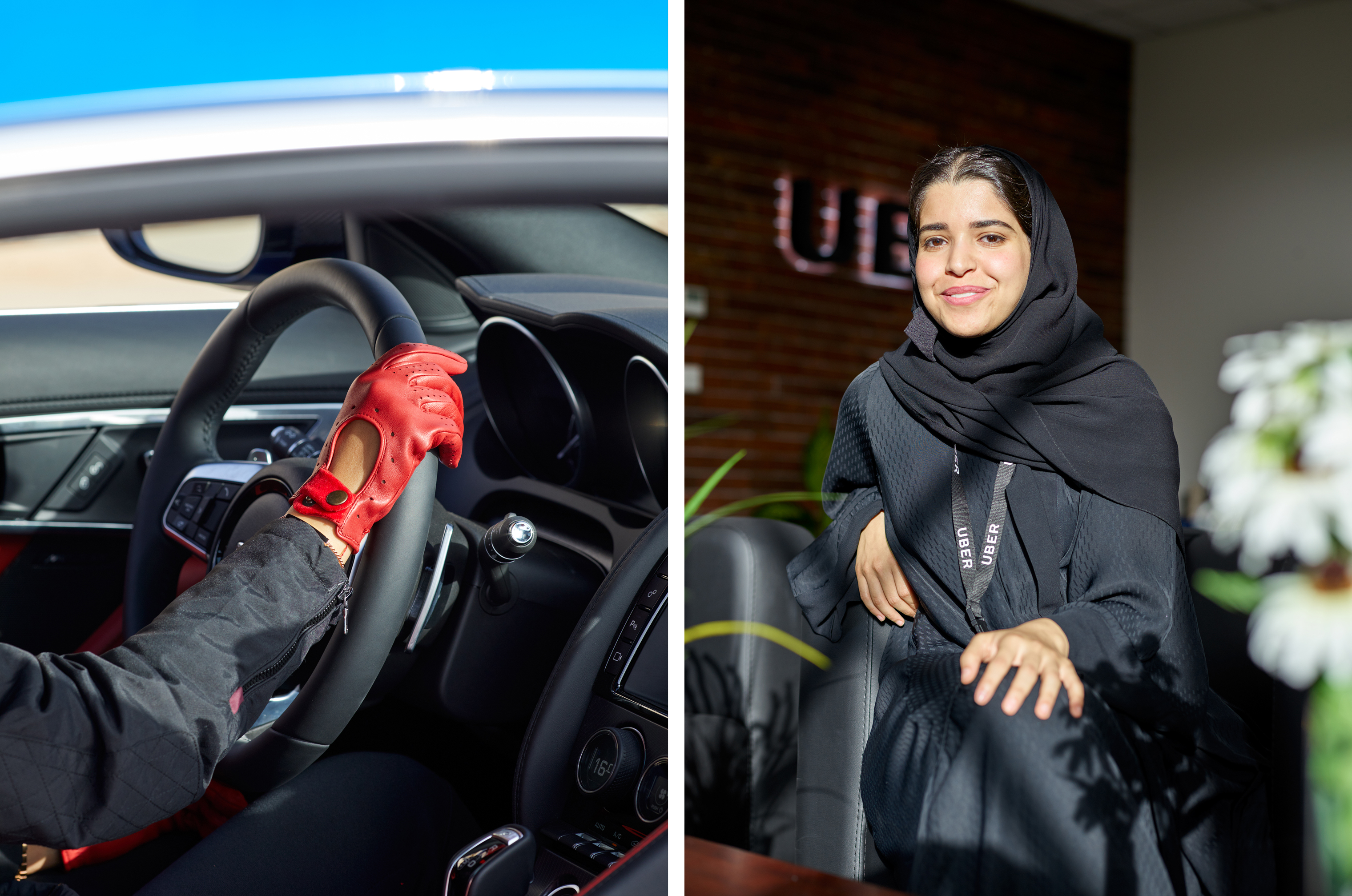
In order to increase women’s employment, bin Salman has to convince his citizens that encouraging women to work is a good idea. In an interview with TIME earlier this year, the crown prince said he wants to challenge the conservative orthodoxy: “If someone comes and says, ‘Women cannot do business,’ we tell them the wife of the Prophet, she is a businesswoman, and he used to work for her as a Prophet. So the Prophet’s practice, it is on our side.”
The ban on driving was one of the most significant barriers to women’s employment, says Ghaida al-Mutairi, a 29-year-old event manager at GloWorks, a consultancy that focuses on solving female unemployment in Saudi Arabia. Highly qualified women often missed key job interviews obtained through GloWorks’ employment agency because they couldn’t get a ride, or, if they got the job, they struggled with the commute. Others would turn down job offers because hiring a car and driver to get to the office would eat up too much of their salary. “The lifting of the driving ban is going to make a huge difference,” says al-Mutairi.
Even before they could drive, women had been flocking to the workplace in unprecedented numbers. In 2010, women were allowed to work only in places that maintained strict gender separation, like women’s schools, or banks that offered separate entrances for men and women. But in 2011 the government started loosening the rules to allow women to work as sales associates in shops, then as supermarket cashiers. At first, there was a backlash, al-Mutairi remembers. “But now, when you go to [supermarket chain] Carrefour, all of the cashiers are women.”
This change has spread to other industries, al-Mutairi says. Women who study communications, event management or engineering can expect to find a compatible job after graduation. “Five years ago, we had 50,000 women working in the private sector,” she says. “Now it’s more than 500,000 — and that is before we see the impact of allowing women to drive.”
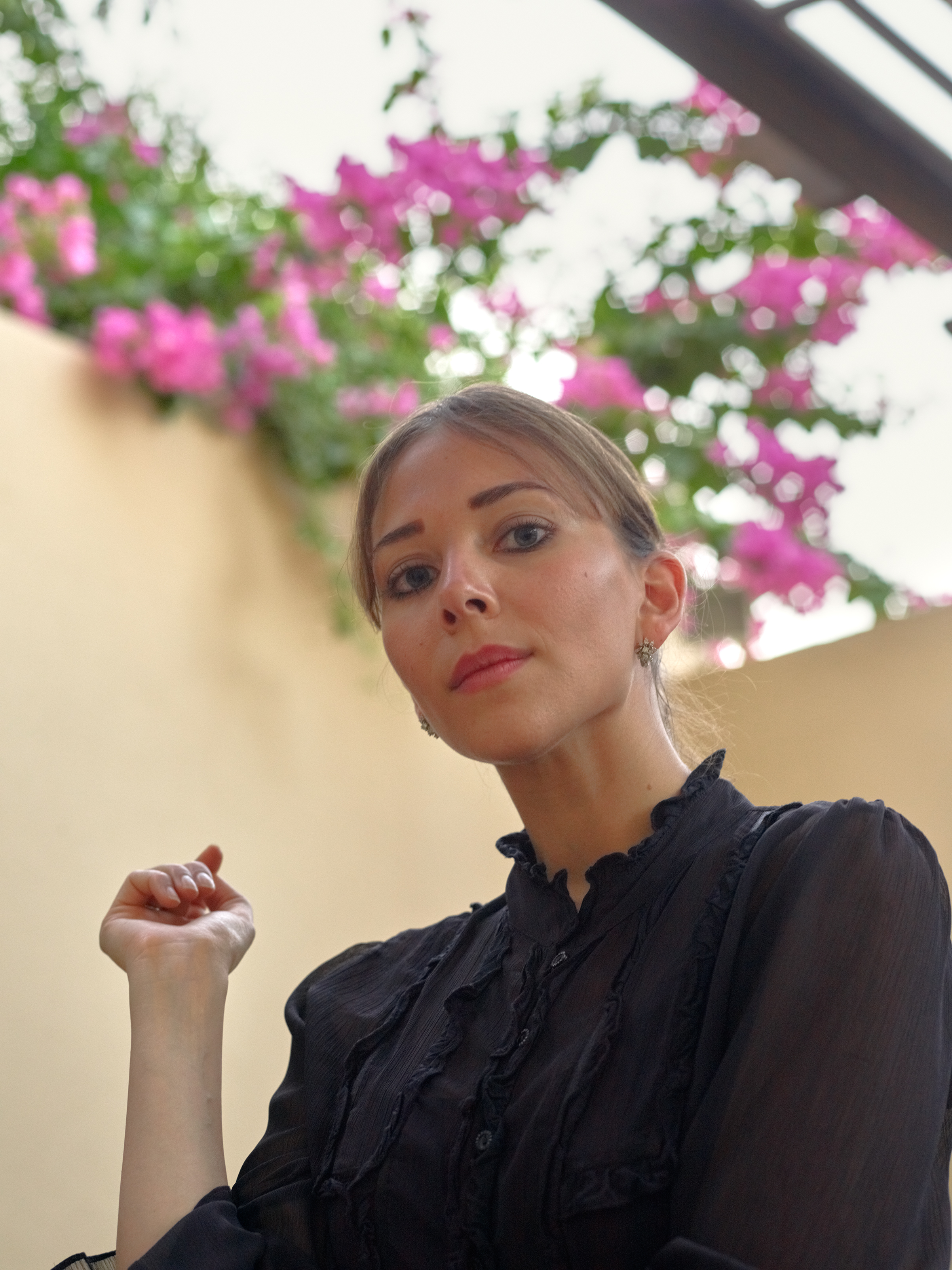
Other reforms will open up new avenues for women too. When bin Salman announced in April that movie theaters and concert venues would be able to operate for the first time in 35 years, most people saw it as an opportunity for entertainment in a country long starved for things to do besides watch movies at home. Cinematographer Rawan Nmangani saw it as something else: a future where her films could be seen on Saudi screens. Nmangani has gained recognition for her work as director of photography for the film The Great Muse. Yet when a film festival asked her to list three filmmakers from her own country who inspired her, she drew a blank. “There were none,” she says. “We don’t have role models yet.” She hopes that a generation from now, when another young Saudi filmmaker is asked the same question, she will be on that list.
The side effect of these royal decrees is that permissiveness is creeping in. Saudi Arabians are some of the biggest consumers of social media in the world, and the exposure has broadened perspectives on what is possible, and acceptable. Teenage fashion model Taleedah Tamer will make her debut on the cover of Harper’s Bazaar Arabia in July. The 17-year-old won’t model the latest in Islamic fashion but haute couture from international designers. Tamer says there’s no reason a Saudi can’t become a supermodel: “My modeling is changing how Saudis see women, and it’s changing how the world sees Saudi women.”
Now that women are being given a chance, they are poised to take the lead, says Nasreenah, 29, an entrepreneur who used her savings from a day job as a financial auditor to open a clothing boutique. “For too long, Saudi men have taken their status for granted, so they weren’t making any efforts. Women are taking over. They are invading the top ranks of companies, or starting their own. Men can’t keep up.” To Nasreenah, who dreams of opening a Saudi fashion line, more women in the workplace means a great business opportunity: “It’s impossible to find a good suit in Saudi. That will have to change.”
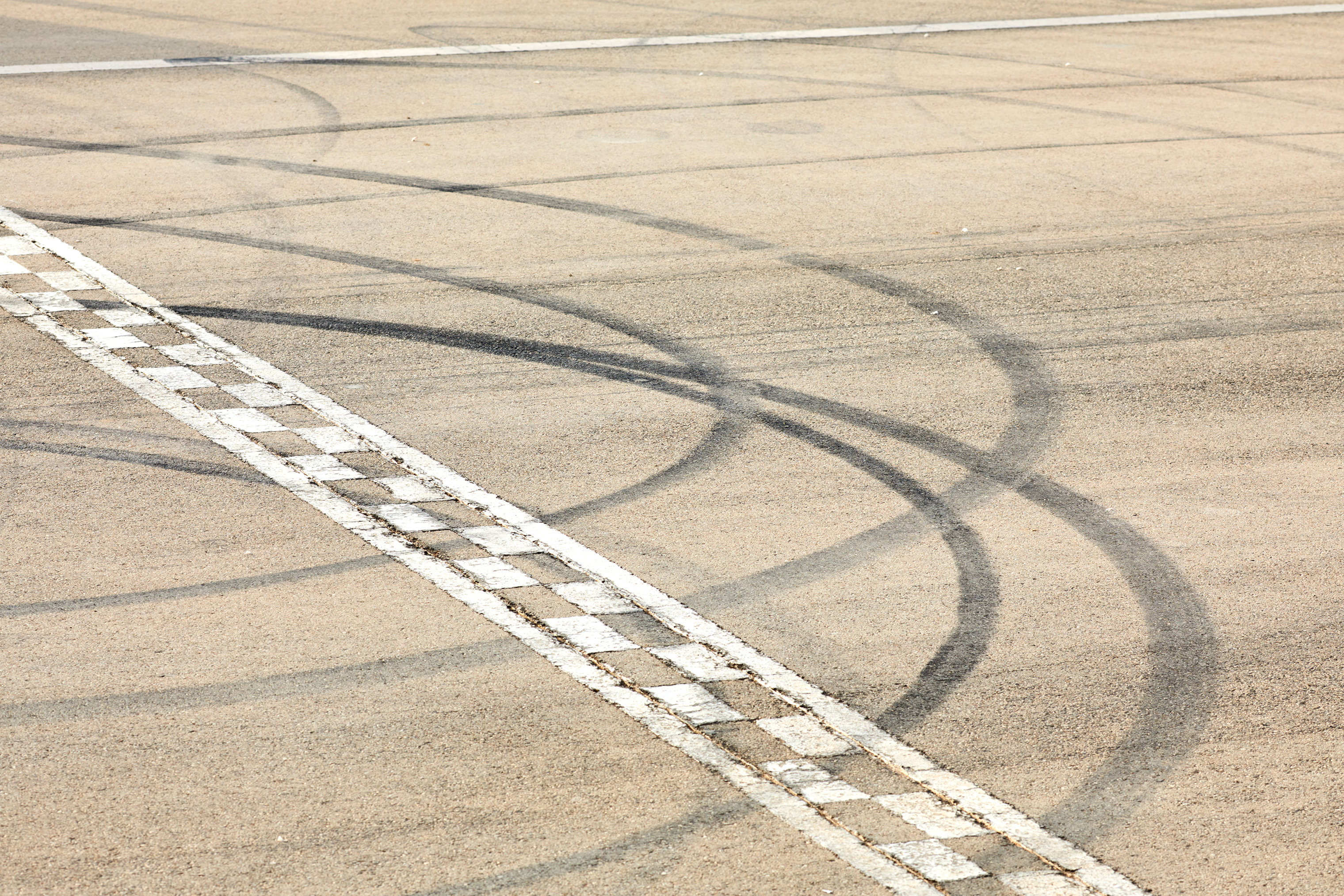
The lifting of the driving ban and the opening of movie theaters have received the most attention from Westerners who can’t imagine life without such liberties. But a different reform has had perhaps the largest impact on women’s lives inside the kingdom. Last year, bin Salman announced that the feared muttawas, or morality police, would be stripped of their powers to arrest. When I was last in Saudi Arabia, five years ago, the appearance in a public place of a muttawa had the effect of a dementor from the Harry Potter novels, siphoning away joy with his mere presence. Women could be stopped, interrogated or even jailed for associating with unrelated men, leaving their hair uncovered or wearing an immodest abaya. Anything from a flash of color at the hem, jewels on the sleeves or an exposed stretch of trouser leg could spell trouble.
The crown prince’s pronouncement didn’t get rid of muttawas entirely — they still have the right to be in public gatherings, and are allowed to lecture on appropriate behavior — but the fear is gone, says Nasreenah. A few months ago, a muttawa approached her and a friend in the mall, and asked them to cover their faces. “My friend said to him, ‘Show me your ID.’ He said, ‘Who are you to ask this?,’ and she shouted back, ‘Mohammad bin Salman said I could.’” The muttawa just walked away, says Nasreenah, chuckling. “As soon as the government took away their power, they became meaningless.”
Already, the impact is visible on the streets of Riyadh. Women are sporting colored abayas that are more fashion statement than modest coverings. Some opt not to wear a headscarf at all. I joked to Nasreenah that in 10 years, women would abandon abayas altogether. “Are you kidding me? In a few months!” she replied. Most women at her mixed-gender office don’t even wear them, opting for conservative clothing instead. Nasreenah wants to reclaim the garment as a symbol of Saudi culture, instead of repression. One of her favorite looks is a classic short abaya, belted and paired with Louboutin heels and no headscarf. “Definitely in the future, the abaya is going to be a thing,” she says. “When it’s not a requirement, it will be a fashion statement.”
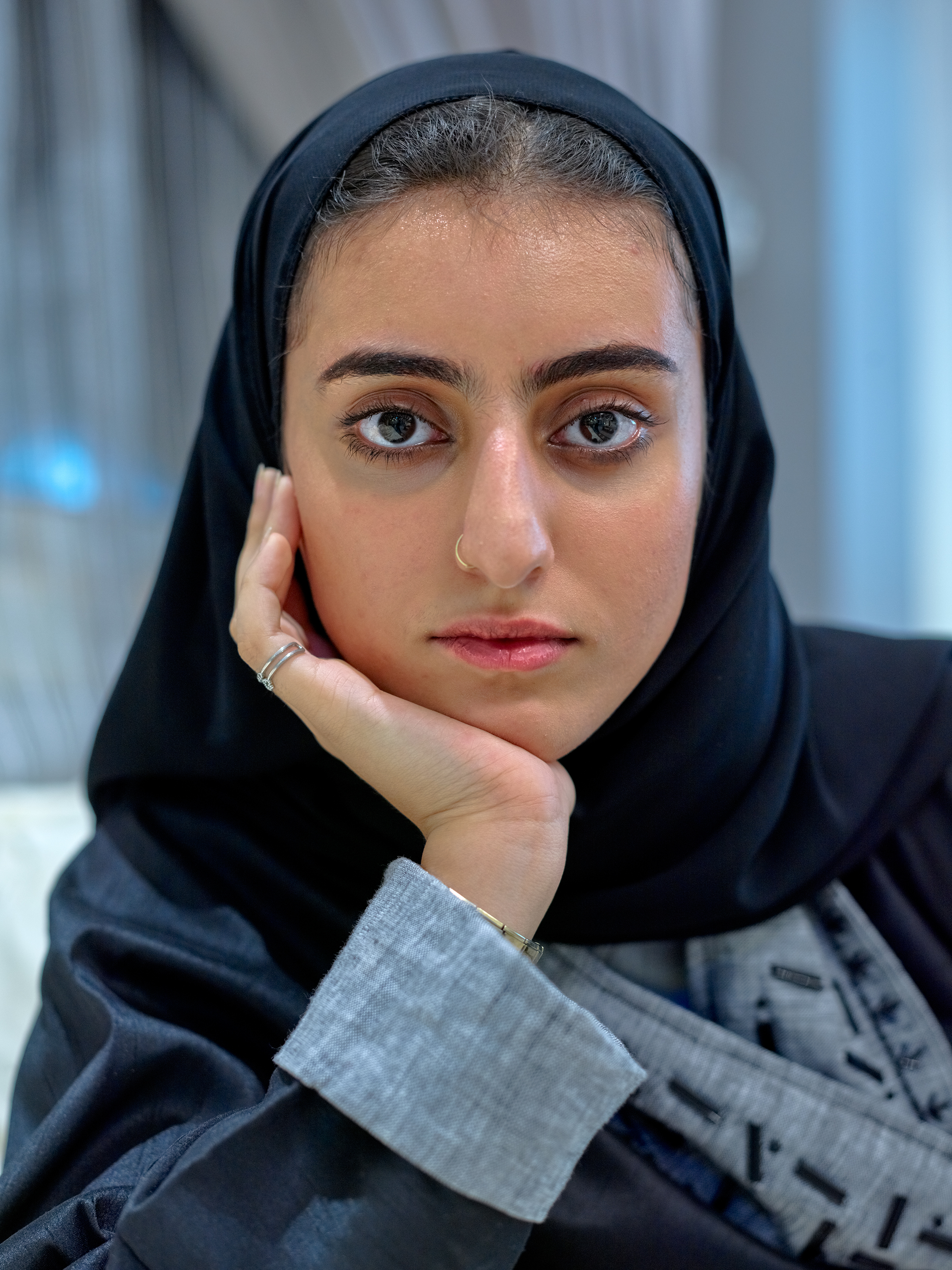
All the changes have earned bin Salman an immense loyalty from many in this generation of women whose lives have been radically transformed. “Just a few years ago, me and my circle of friends were hopeless, desperate,” Nasreenah says. “We had nothing, we had to cover our faces, we had no chance to drive cars, no chance for freedom. But now, after MBS, we have women driving and feminization of the workplace.”
Yet Nasreenah, like many other women I spoke to, asked to use only her first name for fear of a backlash. “I know women have rights,” she says, “but freedom of speech is still a blurry area, and it’s a bit scary to state your opinion, even if it is in support of the government.”
Women may be able to let their hair down and leave their abayas open without fearing the muttawas, but they still fear speaking out — and with good reason. A month before the ban was to be lifted, several activists who had long campaigned for women’s right to drive were rounded up and detained. Some were released with a warning not to speak to the media. Six are still in detention under unspecified charges. Manal al-Sharif, who became the public face of the campaign after posting a video of herself driving in 2011, is in exile and afraid to return home. It’s a dark irony that the very women who campaigned the hardest for the right to drive now find themselves behind bars and unable to take the wheel.
The impact has been chilling. When the driving ban existed, there was a vocal and active movement against it. Women’s-rights activists spoke with foreign media, raised awareness and kept up with social-media campaigns. The women who used to openly share their opinions and dreams for a better Saudi Arabia no longer talk to journalists, or if they do, they speak only on background, afraid that their quotes could be enough to identify them. Even women who aren’t activists hesitate to express their thoughts.
There is a lot more to achieve before Saudi women can realize their potential as fully participating members of society. While they can now get a job without receiving permission from a male family member, they still can’t travel, marry or live independently. “It’s ridiculous that, as a fully grown woman with a job that requires me to travel around the region, I still have to get my dad to sign a form every time I need to leave the country,” Nasreenah complains. “At the end of the day I am 29, but I still don’t have firm control over my life.”
This generation of Saudi women faces a fundamental question: Is it enough to accept the changes as they come at a pace dictated from above? Or is it worth risking everything to demand more? Increasingly the answer is no. “There is almost a sense of … we’ve been getting so much, more than we ever expected — jobs, freedom from religious police, the right to drive — that no one dares ask for more lest it all be snatched away,” says a former women’s-rights activist who has stopped speaking out for fear of repercussions.
“Protest is not part of our language,” says Niche Arabia founder Mosselli, who argues that progress in Saudi Arabia requires a special kind of activism. Pushing too hard, or too publicly, will backfire. Al-Sharif’s public demands on social media for women’s right to drive set the movement back, she argues. “If it wasn’t for Manal, we would have been driving earlier. Once foreign media got ahold of it, it snowballed, making it worse.”
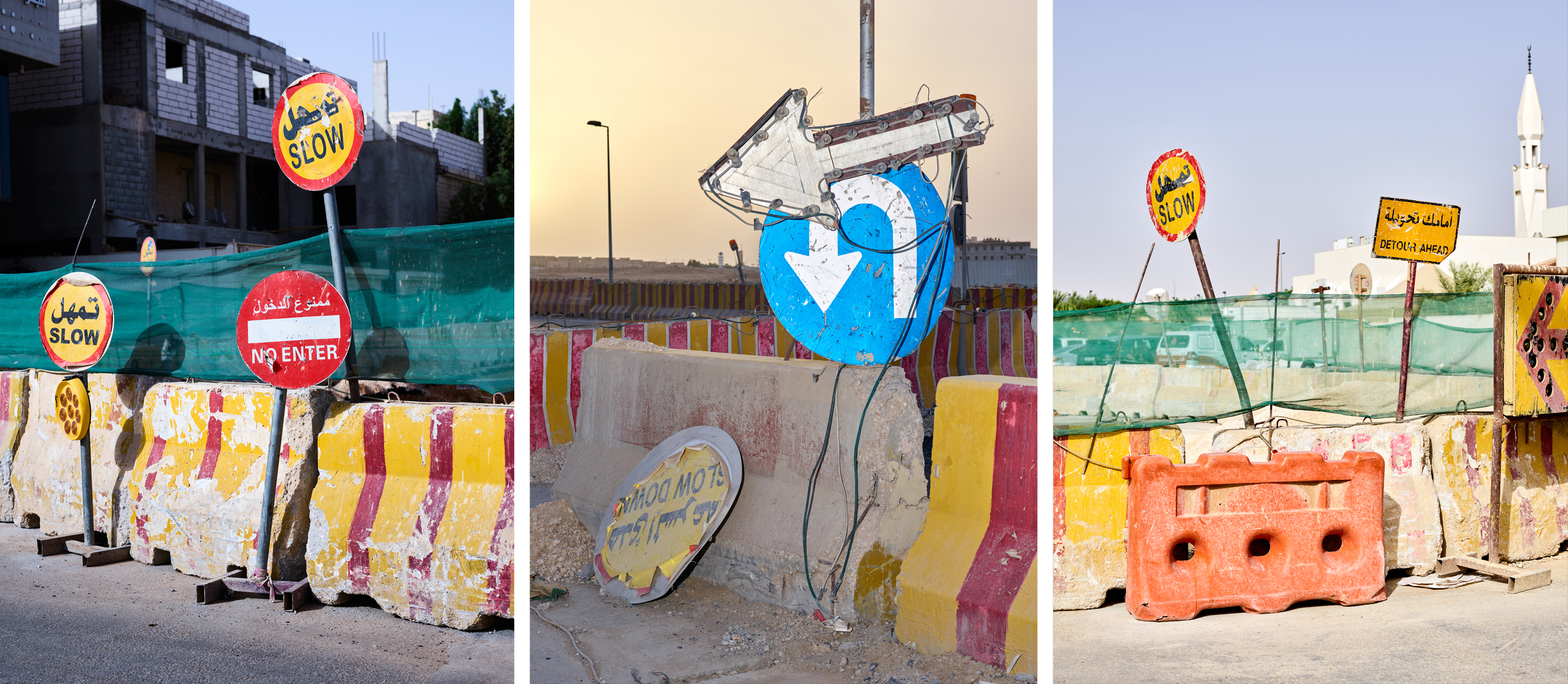
Mosselli considers herself a feminist, but in Saudi Arabia, she says, you have to ask for change in a language that everyone can understand. Women got the right to drive when it became an economic issue. The same goes for the abaya, she says, adding, “Once women start dressing modestly, it will open up a whole new market.” The point, she says, is not to criticize the government. “That is just something we accept as being Saudi. I know the laws, and whatever my opinion, I will be supportive of the state the best I can.”
That doesn’t mean the push for change has slowed. It just looks different. Aseel al-Hamad, one of Saudi Arabia’s few female race-car drivers, is what many activists would call a “state feminist.” She dresses modestly, and while she pushes the boundaries of how women are expected to behave, she never criticizes the state, despite the fact that the prohibition against female drivers stymied her dreams of racing Formula One cars.
A few days before the driving ban was lifted, Jaguar Cars invited foreign media to watch al-Hamad, who had just converted her Bahraini driver’s license to a Saudi one, as she took her maiden lap on a racetrack near Riyadh. She had never driven in her homeland before, doing all her training and racing in nearby countries. The press release offered interviews but specified that al-Hamad would not be able to comment on women’s rights in Saudi Arabia.
The 34-year-old had come to motorsports late because she’d never had an opportunity to train at home. As she waited for her car to be prepared, she looked wistfully at a Formula One car parked by the track. “That was always my dream,” she said. But making it to the top echelons of the racing would have required starting early and training daily — both of which were impossible for a young woman in Saudi Arabia until just a few days ago.
When al-Hamad exited the track a few laps later, tears were streaming down her face. “Its very emotional to be here,” she said. “The only thing that will make me happier than the day women can drive is the day I see a young woman racing Formula One on Saudi soil.”
For al-Hamad and many Saudi women like her, activism manifests as patience. Her efforts at bending the rules, not breaking them, didn’t get her everything she dreamed of, but helped pave the way for a new generation of female race-car drivers who just might. Hers was a quiet sacrifice — not an action as bold as those who defied the rules and paid the price, but a sacrifice nonetheless.
- Why Trump’s Message Worked on Latino Men
- What Trump’s Win Could Mean for Housing
- The 100 Must-Read Books of 2024
- Sleep Doctors Share the 1 Tip That’s Changed Their Lives
- Column: Let’s Bring Back Romance
- What It’s Like to Have Long COVID As a Kid
- FX’s Say Nothing Is the Must-Watch Political Thriller of 2024
- Merle Bombardieri Is Helping People Make the Baby Decision
